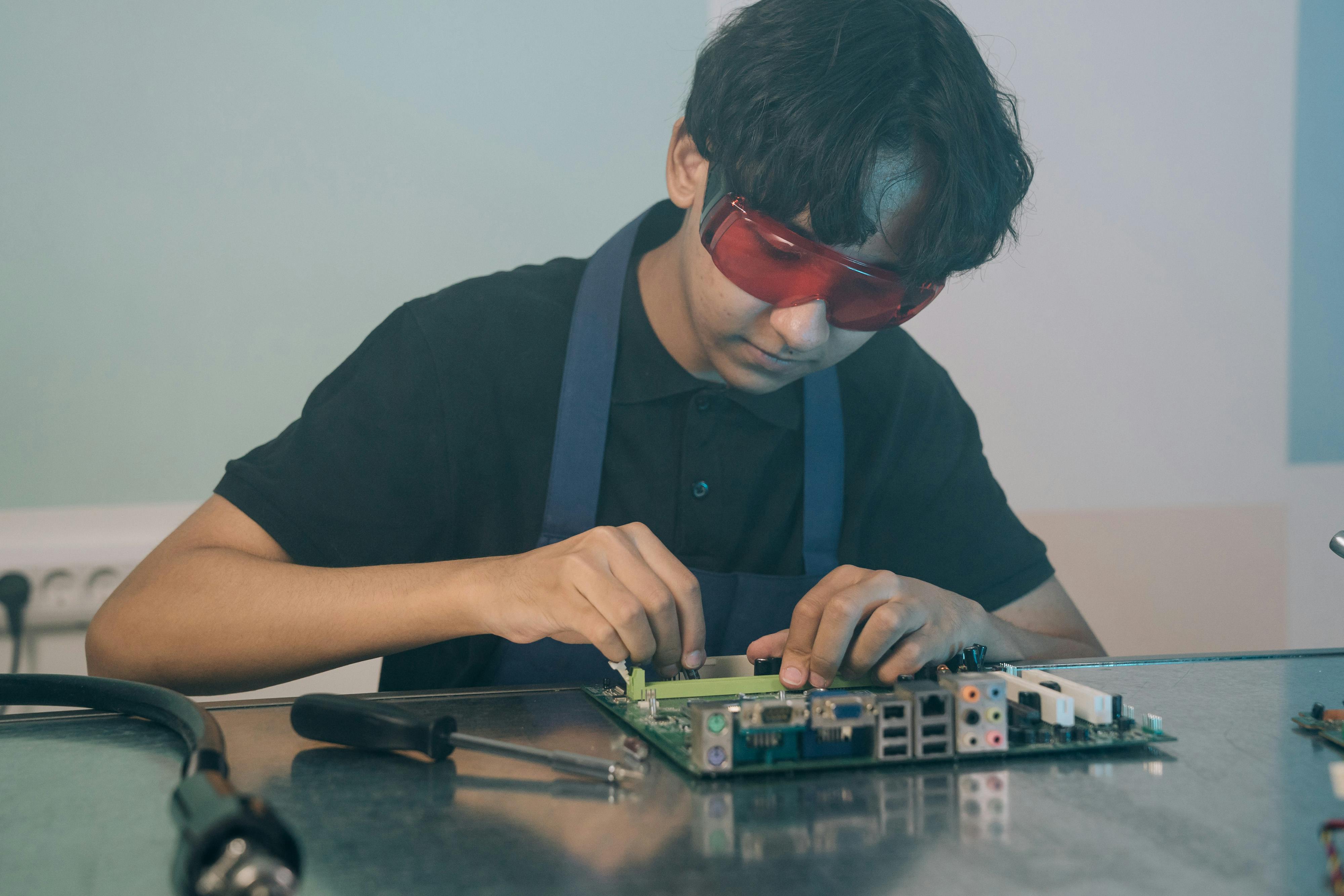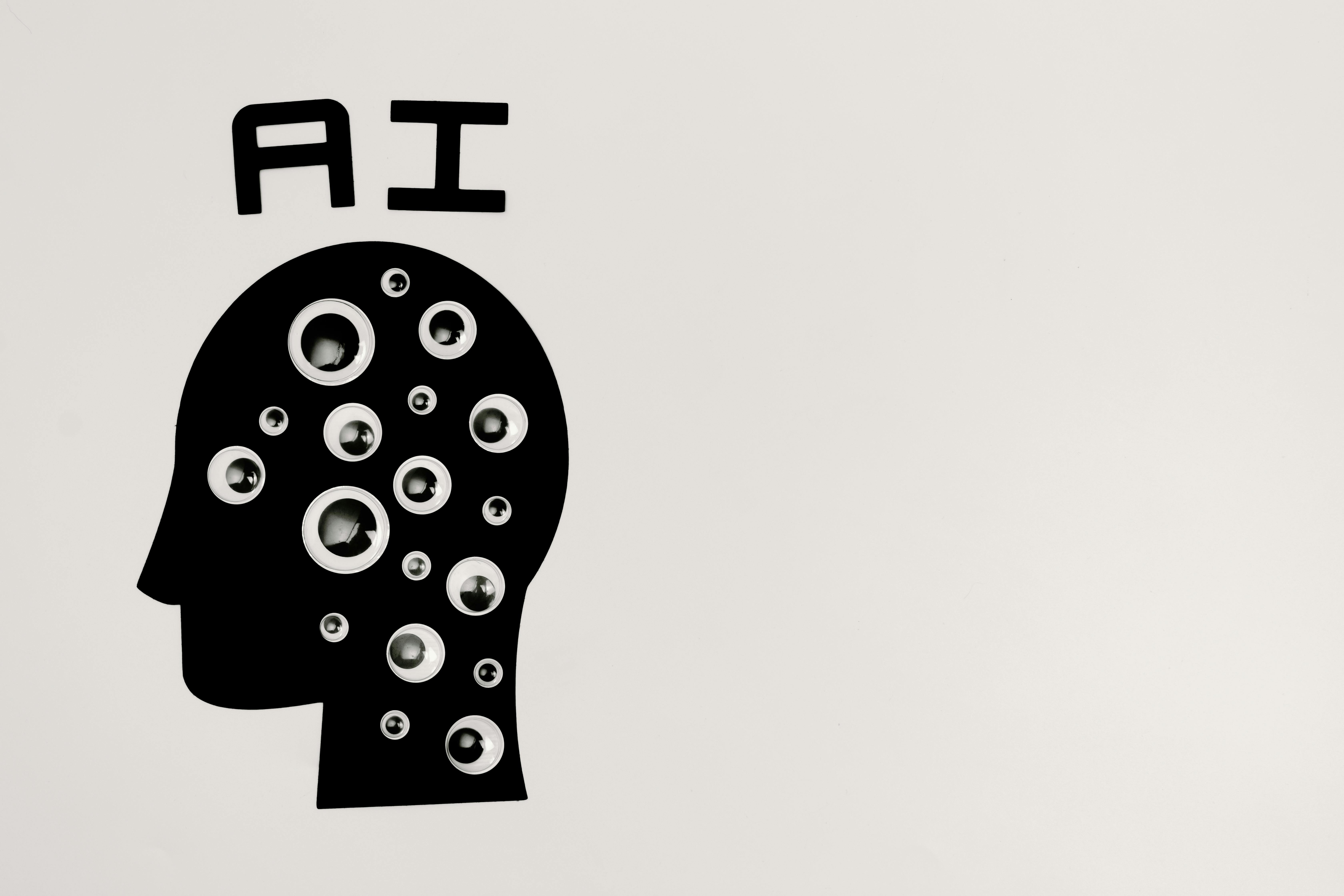🕓 Estimated Reading Time: 4 minutes
Overview
The rise of artificial intelligence (AI) has sparked a global debate on its transformative impact on the labor market. As AI technologies become more sophisticated and integrated into various industries, questions about AI job growth and the overall employment landscape are at the forefront of economic discussions. Will AI usher in an era of unprecedented productivity and new opportunities, or will it lead to widespread job displacement and economic instability? This article explores the nuanced perspectives surrounding AI's influence on employment, examining both the challenges and the potential for a redefined workforce.

Background & Context
Technological advancements have historically reshaped the world of work, from the agricultural revolution to the industrial age and the digital era. Each wave of innovation has brought forth concerns about job losses, yet ultimately led to the creation of new industries and roles that were previously unimaginable. Artificial intelligence, characterized by its ability to learn, reason, and solve problems, represents a new frontier. Unlike previous technologies that primarily automated manual labor, AI is increasingly capable of performing tasks requiring cognitive abilities, leading to a broader potential impact across professions.
The core of the current discussion revolves around the balance between automation-driven efficiency gains and the human element in work. AI excels at repetitive, data-intensive tasks, such as data entry, basic customer service, and even complex analytical processes that follow defined rules. This capability has fueled both optimism about productivity boosts and apprehension regarding the future of various job categories. Understanding the breadth of artificial intelligence employment implications requires looking beyond simple replacement to the more complex aspects of job augmentation and transformation.
Implications & Analysis
The most frequently cited concern is job displacement. Industries like manufacturing, transportation, and administrative services are particularly vulnerable to automation. For instance, self-driving technology threatens the trucking industry, while AI-powered software can automate large portions of accounting and legal discovery. However, this perspective often overlooks the concurrent creation of new roles and the augmentation of existing ones. AI requires human oversight, development, and maintenance, leading to demand for AI engineers, data scientists, ethical AI specialists, and AI trainers. Furthermore, AI tools can empower humans to be more efficient and creative, transforming roles rather than eliminating them entirely. For example, AI can assist doctors in diagnostics or help graphic designers with generating initial concepts.
The broader AI economic impact is expected to be multifaceted. While some predict a surge in productivity and economic growth, others warn of widening income inequality if the benefits of AI are not widely distributed. The World Economic Forum's 2023 'Future of Jobs Report' projected that while AI and automation could displace 83 million jobs globally by 2027, they could also create 69 million new jobs, leading to a net loss of 14 million jobs. This highlights a significant shift in the types of skills required, rather than an outright collapse of employment. The challenge lies in managing this transition, ensuring workers acquire the necessary skills for emerging roles.

Reactions & Statements
Governments, businesses, and academic institutions worldwide are actively grappling with the implications of AI on employment. Many policymakers advocate for significant investments in education and reskilling programs. International organizations, like the International Monetary Fund (IMF) and the Organisation for Economic Co-operation and Development (OECD), have emphasized the need for social safety nets and policies that can adapt to rapid technological change. For instance, the IMF's Managing Director Kristalina Georgieva stated, 'We need to ensure that AI complements human work, rather than fully replaces it, and that those displaced are supported.'
Business leaders are increasingly focusing on human-AI collaboration. Companies are exploring how AI can augment human capabilities, allowing employees to focus on more complex, creative, and strategic tasks. This often involves upskilling existing employees to work alongside AI systems, shifting the focus from automation of tasks to automation of workflows and intelligent assistance. The consensus among many thought leaders is that adaptability and continuous learning will be paramount for individuals navigating this evolving landscape.
'The most important skill will be the ability to learn, unlearn, and relearn. This continuous adaptation is crucial in an era where AI is rapidly changing the nature of work across industries.' - Leading Economist on AI's impact.
What Comes Next
The long-term outlook for the future of work under AI is not one of universal unemployment, but rather a significant transformation of job roles and skill requirements. The emphasis will shift from routine cognitive and manual tasks to skills that are uniquely human: creativity, critical thinking, emotional intelligence, complex problem-solving, and adaptability. Education systems will need to evolve rapidly to prepare future generations for a world where human-AI collaboration is the norm.
Governments are expected to play a critical role in mitigating the disruptive effects of AI. This includes investing in robust social safety nets, exploring innovative policy approaches like universal basic income (UBI) for displaced workers, and fostering lifelong learning initiatives. Companies, too, have a responsibility to invest in their workforce, providing opportunities for reskilling and upskilling to ensure a smoother transition for employees whose roles are impacted by automation. The proactive management of this transition will define how equitably the benefits of AI are distributed across society.
Conclusion
The narrative surrounding AI and jobs is complex and far from a simple binary of creation versus destruction. While some level of job displacement is inevitable as AI automates routine tasks, the technology also promises to be a powerful engine for productivity, innovation, and the creation of entirely new categories of work. The ultimate impact on global employment will hinge on how effectively societies and individuals adapt to these technological shifts. By prioritizing education, fostering continuous learning, and implementing forward-thinking policies, humanity can harness the transformative power of AI to create a more prosperous and adaptable workforce for the future.
Comments
Post a Comment